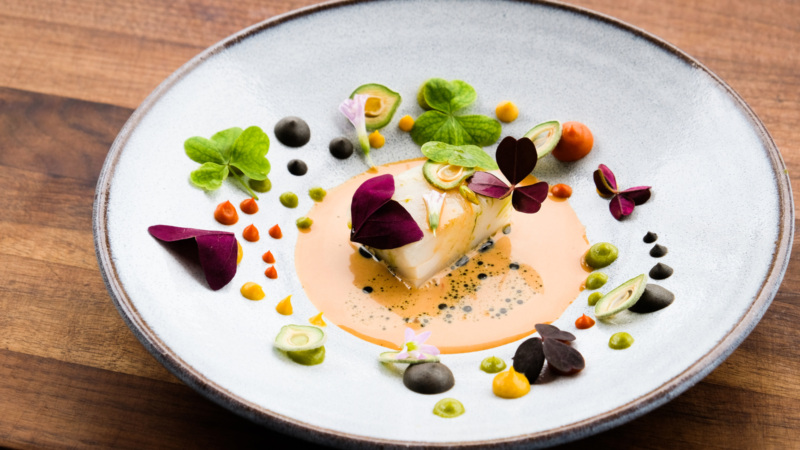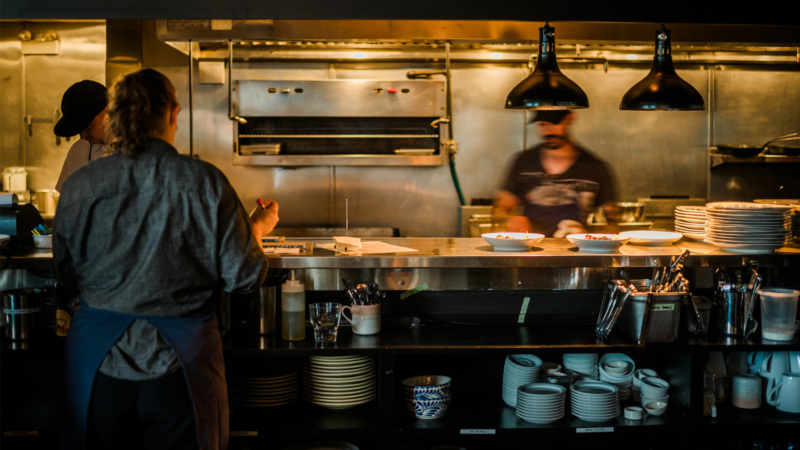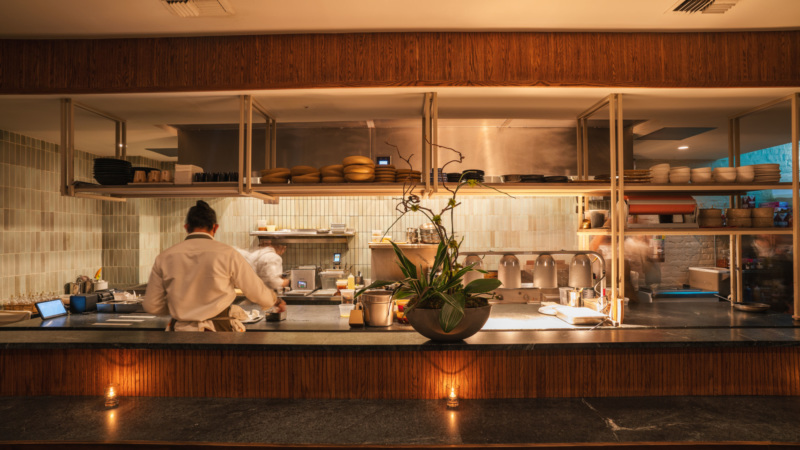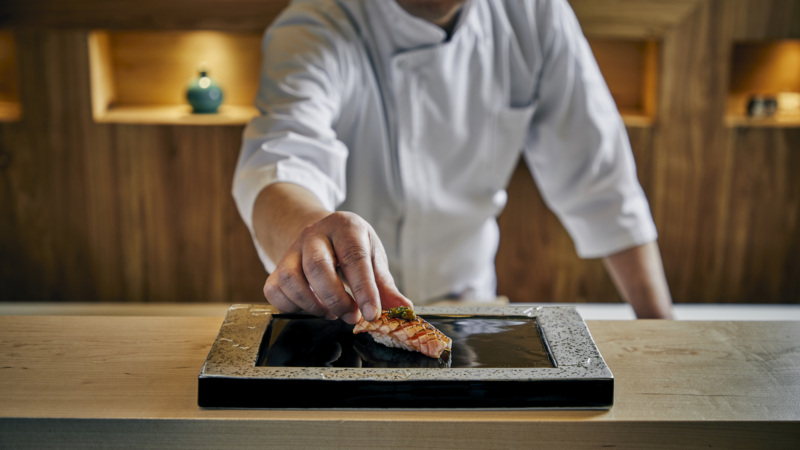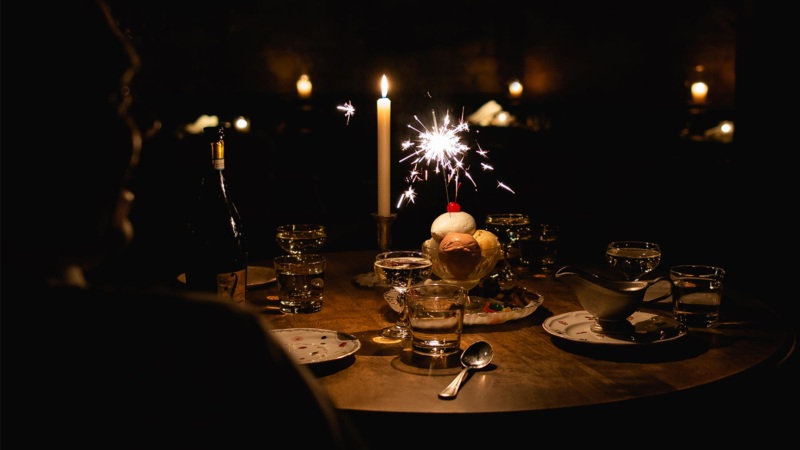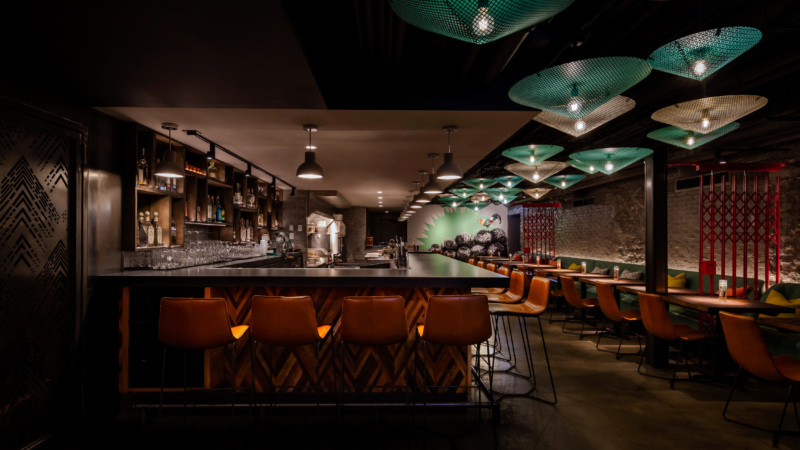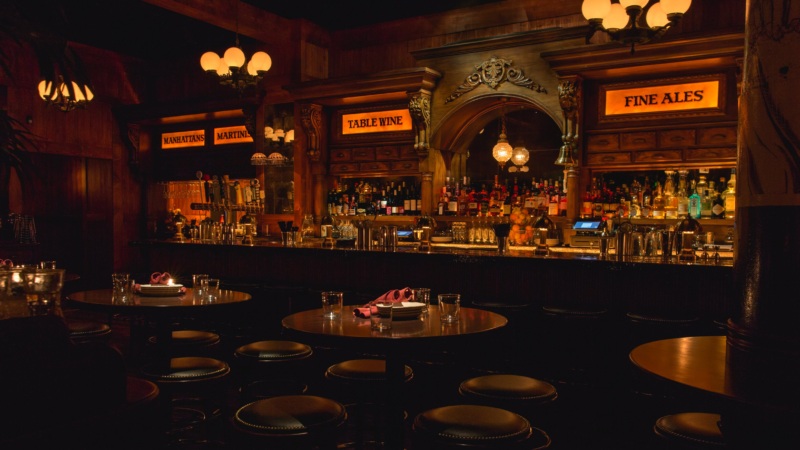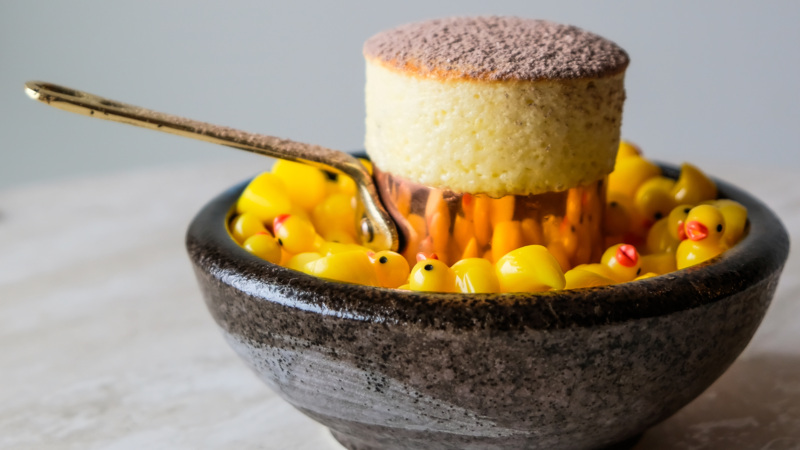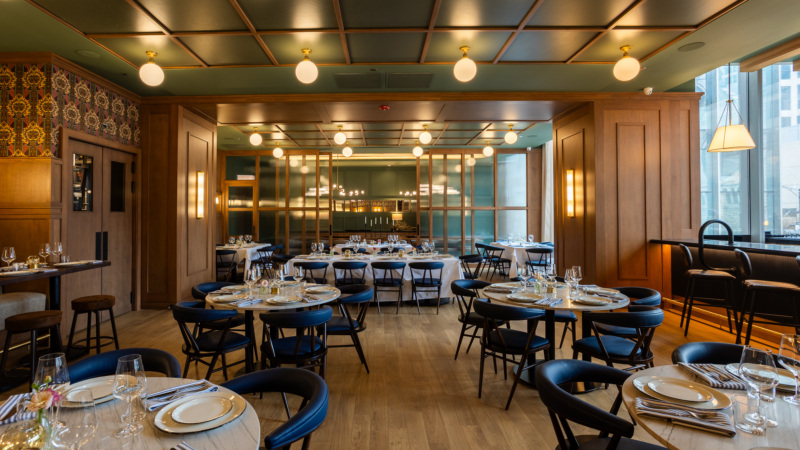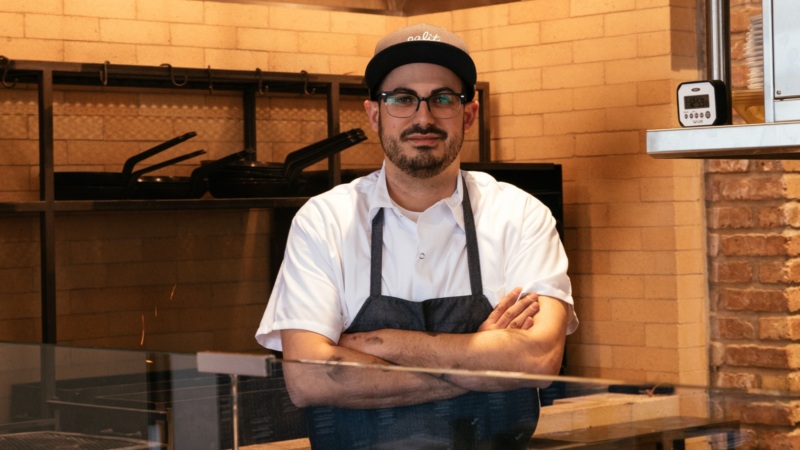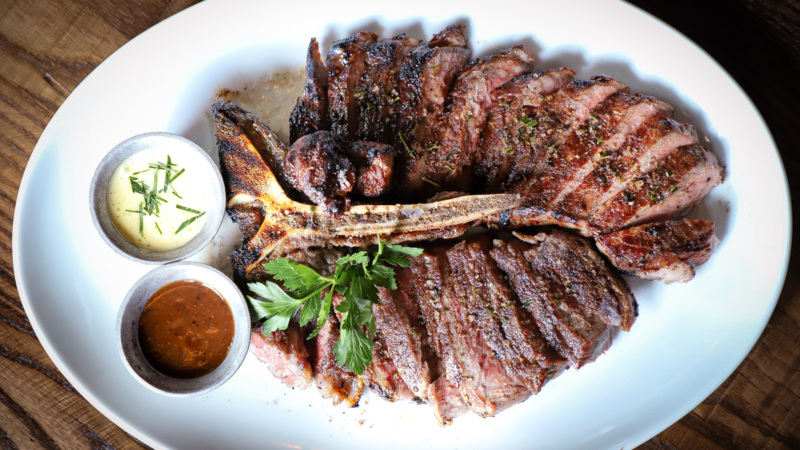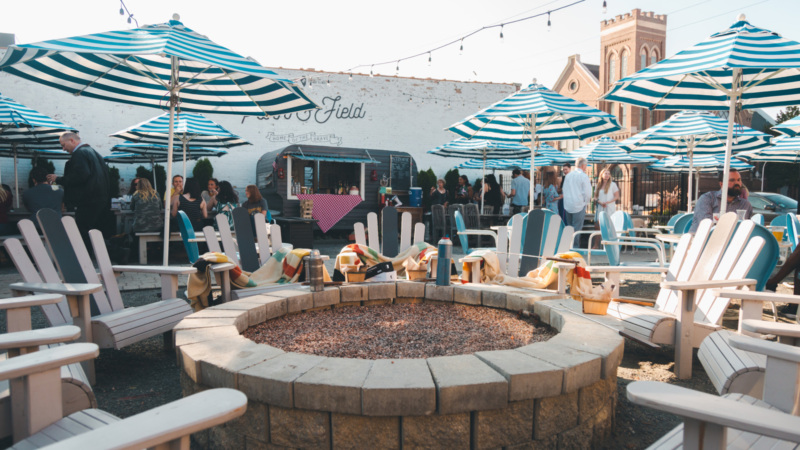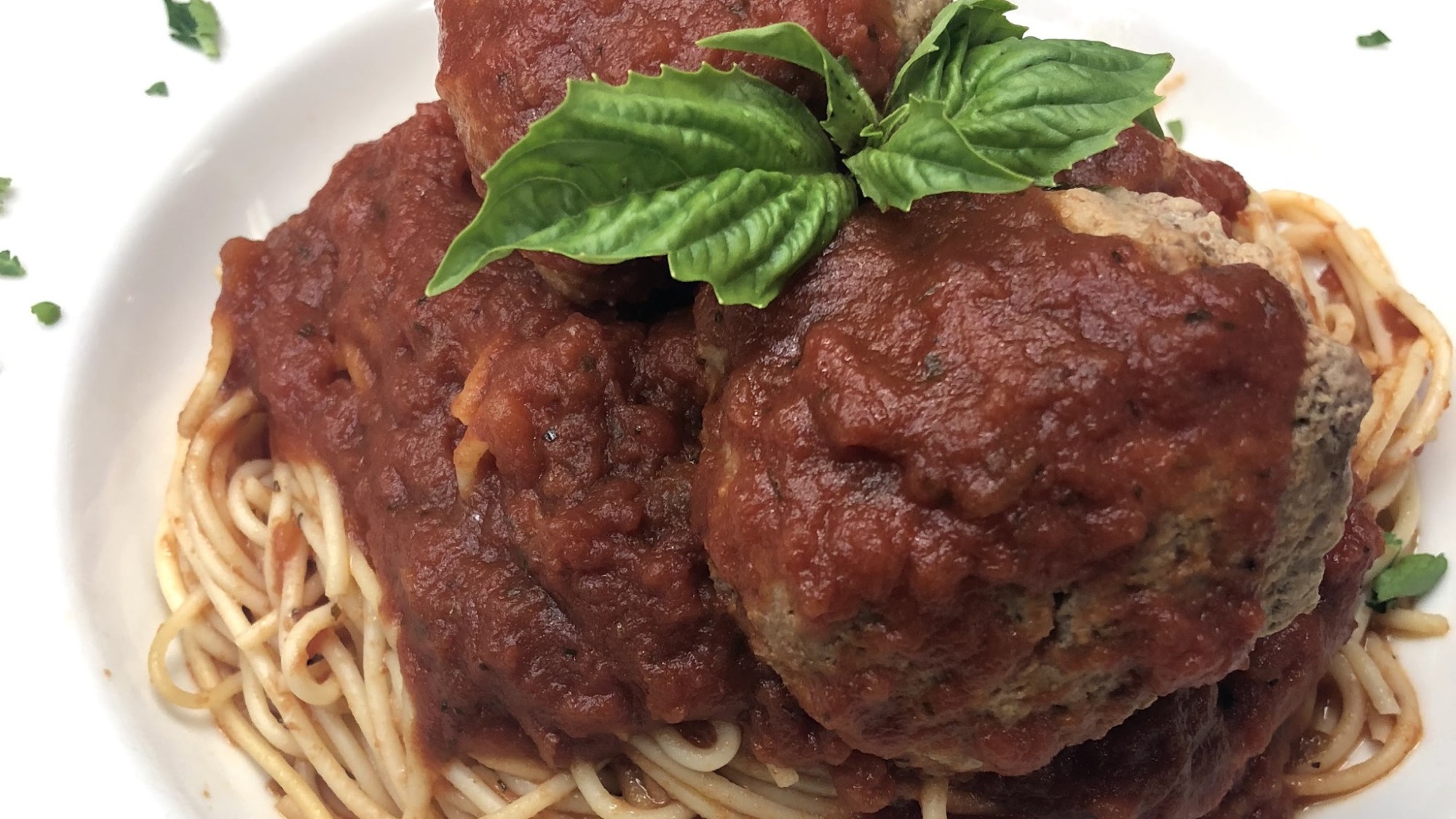
At Chicago’s Italian Village, a Century of Meat Sauce and Solace
After my family moved to Chicago’s western suburbs in 1991 when I was seven, dinner at the subterranean Italian chophouse La Cantina — which represents one third of the century-old Italian Village mini-restaurant empire in the heart of downtown — became the ritual celebration that followed our ritual matinee viewing of the Nutcracker ballet each December.
When Dad called to make the annual dinner reservation, he’d hold his hand over the receiver and indulge us with the same question, “Where would you girls like to sit?”
“A booth by the fish tanks!” we’d scream in unison, referring to a since-dispatched fixture of the restaurant’s original design, one that separated a narrow dining room and stretch of compact leather booths.
General manager Hans Kurt would greet us at the small host stand, and lead us back through the low-ceilinged grotto to one of said booths. There, seated in our fluffy, probably matching dresses and bunched-up stockings, we stubbornly ordered the same thing year after year: a cup of chicken brodo for my sister and cup of minestrone for me, followed by two formidable piles of soft — not al dente — noodles heaped with meaty, slow-cooked red gravy. We’d take at least three bathroom trips solely for the journey, wending through those narrow aisles to the dimly lit, frescoed bar, rerouting delightedly when confronted with the roving cart laden with plates of prosciutto-wrapped veal saltimbocca and seafood pasta.
I reminded Kurt just how long I’ve been coming to La Cantina, when we caught up before his shift started a few weeks ago.
“Yes, but I’ve worked here since before you were born, I bet,” he replied with a smile I could hear through the phone. A Turkish immigrant, Kurt started at Italian Village in 1974 as a dishwasher, then returned to Turkey for a few years. He came back in 1983 and hasn’t left since — advancing through the restaurants as a busser, pantry cook, server, bartender, and captain, before becoming the manager of La Cantina.
“I spend so much time here — five times a week for 35 years — it’s my second home!” Kurt says. “It’s like we are like family.”
▪️
This three-restaurants-in-one temple to classic Italian cooking has stood at 71 W. Monroe, straddling the Loop’s financial and theater districts, since Italian immigrant Alfredo Capitanini opened the Village in 1927. Perched on the second floor of its barrel-roofed structure, the Village feels unmistakably turn-of-the-last-century. Its muraled walls depict a nondescript Tuscan town complete with winking window lights. Mini columns and Renaissance-style statues adorn its carousel bar, while cove-like private booths — complete with call buttons — line one edge of the airy dining room.

The Village’s success prompted the Capitaninis to slowly spill their growing business into the lower floors, adding La Cantina in 1955, and contemporary Vivere (originally the Florentine Room) in 1961. In the ‘80s, the second generation converted the uppermost level’s liquor storage room into a wine cellar, amassing what’s since become an impressive collection of surprisingly affordable bottles.
The sole remaining third-generation owner, Gina Capitanini grew up at the Italian Village, too, eating her grandfather Alfredo’s famous chicken vesuvio and learning every hidden corner of this multi-story labyrinth by heart.
“When we were kids, we always joked we didn’t go to summer camp, we went to Italian Village camp,” she says. “The girls worked in the office, the boys in the kitchen, cleaning potatoes and shrimp.”
➖
Related: Is Italian Village Keeping Chicago’s Biggest Wine Secret?
➖
After graduating from college, she worked at Northern Trust Bank for a few years before settling in at the family business. She put her first stamp on the Italian Village mini-empire in 1990, when she and her brothers took the lead on transforming the aging Florentine Room into the theatrical Vivere, following a lively debate with their father, who insisted they keep the old look. Trimmed in baroque gold and velvet, with a whimsical swirl motif across oversized light fixtures, brass columns, and asymmetrical booths, Vivere is best known for its elegant pastas, like pheasant-filled agnolottini in butter-sage sauce, not to mention the coziest little curved bar beneath the stairs that’s become a favorite of my sister and me for pre-dinner cocktails.
When I moved back to the city after college, Vivere’s bar formed part of our now-upgraded ritual of meeting at La Cantina — refurbished with a warm new look in 2015 — a handful of times each year to gossip over a shared bottle of a Super Tuscan and our usual spaghetti and meat sauce. We started occasionally venturing upstairs with friends to the Village, where we’d branch out via toothsome grilled calamari swimming in oil tinged with oregano and garlic; stacks of buffalo mozzarella, tomato, and basil doused in syrupy balsamic; and thick rafts of veal Parmesan. Meanwhile, I’d quietly repress the nagging guilt that I’d abandoned Kurt. One decadent evening, we hit up all three restaurants in breathless succession — a lesser-known rite that staff affectionately call “running the circuit.”
▪️
When the pandemic halted indoor dining citywide in March, the Italian Village was coming off its three best-performing years in decades, thanks to the Broadway musical Hamilton’s astoundingly successful three-year run in Chicago. As it became clear that not only restaurants but theatergoing would be on hold indefinitely due to the highly infectious virus, the Italian Village downshifted to survival mode.
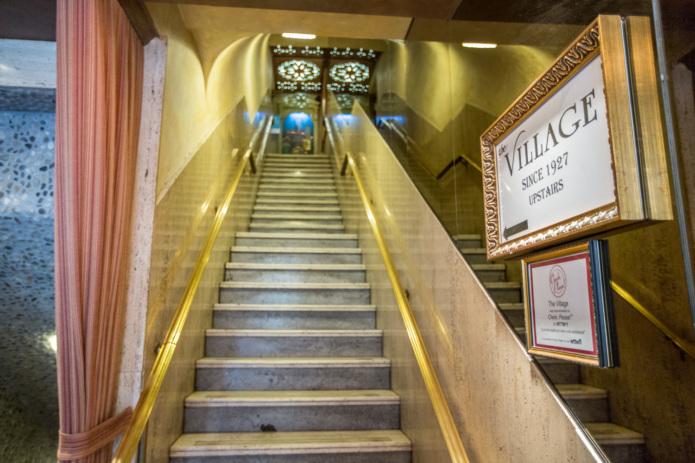
Capitanini furloughed most of the 115 staff (it’s now hovering around 20), but kept the salaried management team — including Kurt — intact; they in turn took on whatever work had to be done, from prep to expo, packing to-go orders, bussing and bartending. She consolidated operations to the top-floor Village, leaning into its already solid carryout program, and trimming the menu down to highlight-reel dishes whose components could be cross-utilized. Despite securing PPP funding, Capitanini negotiated with vendors about lessening fees on leased equipment and spent hours on the phone with her cable provider, trying to get unused services turned off. She let go of the restaurant’s longtime PR team and started cold-calling customers, encouraging them to come back as the city edged back into dine-in.
“I felt like I was doing the Jerry Lewis telethon,” she laughs. “‘If you don’t wanna come, there are gift cards!’”
One friend of the family bought a gift card worth $2,000, another regular bought one for $500; elsewhere, a handful of denizens started trickling back. Still, the business is operating at a loss daily. Capitanini recently asked her son, a management consultant, to look at her financial statements.
“He said if it was anyone else, he’d tell them to close,” she says.
▪️
A few Fridays ago, before the city once again halted indoor dining in late October, I passed through those old revolving doors to retrieve my to-go order. As the familiar aromas of damp stones, from the marble, mingled with sizzling garlic flooded my nostrils for the first time in eight months, I felt that old warmth spreading outward to the tips of my fingers and toes, tinged with longing. Throughout these long months since life and its everyday joys were so abruptly, necessarily confined to home, it hadn’t occurred to me how much this place meant to me, let alone that I’d been mourning it all along. I glanced down the dark stairwell that led to the Kurt-less La Cantina before hurrying to the second floor from which the sounds of laughter and tinkling plateware beckoned.
Two floors above his typical post, Kurt breezed through the roomier Village dining room and bar in his trademark dark jacket and button-down shirt. The lively scene with its winking frescoed backdrop was nearly indistinguishable from pre-COVID, save for the addition of several plexiglass dividers and notable absence of tables.
“It’s good to see you!” he said, smiling broadly behind his blue mask as he offered an elbow. “You ordered the same as always?”
I rattled off the mix of new and standby favorites weighing down my massive to-go bag: Grilled calamari, salad, minestrone, veal parm for my husband, spaghetti with meat sauce for me, and a bottle of house Chianti.
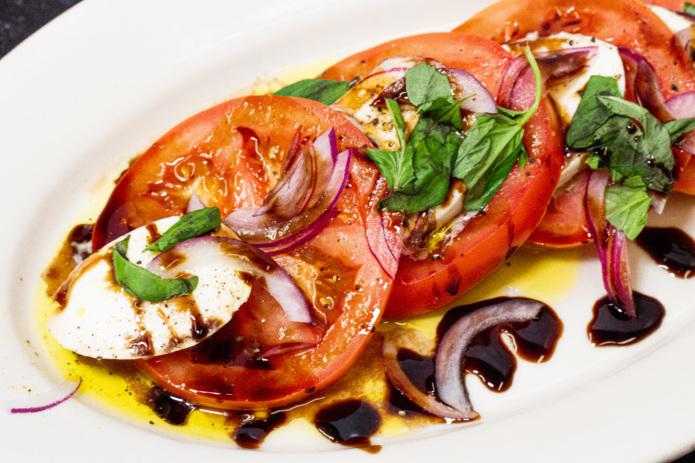
These past nine months, Kurt and Gina Capitanini have fielded all kinds of regulars’ requests, from classics that they’ve eliminated from the menu to save costs like the beloved cannelloni— rolls of baked, baked pasta blanketed in sauce — to downright persnickety orders. One night, it was linguine with clam sauce, no clams, add chicken; another it was a Vivere special of fettuccine with lobster and shrimp short-lived enough that Kurt couldn’t remember it.
“The customer showed me a picture, and I said, OK, we will make it exactly the same,” he says. “As long as they want it, we make it.”
It’s this innate hospitality that propels them out of bed each morning to keep this century-old business alive long enough to see the fourth generation assume the helm should they wish to (Capitanini’s daughter Giovanna, who’s 26, has been helping out for the past two years).
Meanwhile, they’re staring down a winter season preceded by another surge in COVID cases, which has prompted an indefinite pause on dining in. Capitanini’s uncle, now in his late 80s and long since retired from the day-to-day operations, recently told her he can’t recall a single time to mirror the year that the Italian Village has endured, which, mind you, spans Prohibition, the Great Depression and the Second World War.
“He’s been asking me, ‘How much longer can you keep going like this?” Capitanini says. “But I need to stay positive and get through this. I feel like I’m still in the hospitality industry, and I still derive pleasure from providing a meal to someone. I guess it’s a lifestyle.”
Like Vivere and my beloved La Cantina, the Village’s inviting dining room has gone dark for now, too. But I know the aromas of garlic sizzling in oil and bubbling meat sauce still faithfully permeate those old marble stairwells, awaiting my first celebratory meal back.
Maggie Hennessy is a Chicago-based restaurant critic and food writer, whose work has appeared in such publications as Eater, Plate, Food52, Wine Enthusiast and others. Follow her on Instagram and Twitter. Follow Resy, too.

- An Ode to Chicken Vesuvio, the Ultimate Expression of Chicago
- A New Brush With Fame, Yes, But Casa Vega Has Always Been There For Us
- Sylvia’s in Harlem Still Stands For Community
- Even 135 Years After Opening, There’s No Dining Room Quite Like Keens
- Why Classics? Because Legacy Restaurants Tell the Stories of America
- More Stories

